The man who put the Hi Ho in Pimlico
At the brink of the demolition of the ancient Pimlico grandstand, there’s been a lot of thought to the fate of historical physical artifacts populating Old Hilltop: What to donate, what to auction, what to preserve, what to demolish?
Less so to the sounds of the hallowed grounds. From the Hi-De-Ho of Cab Callaway, who once operated the elevator, sold tip sheets and hotwalked horses, to Hi Ho Pimlico, the fondly remembered jingle, the sounds of the old place are as much a part of its history as the seats and signs.
Whatever happened to Pimlico’s Hi Ho?
In 1978, Steve Karmen, a creative jingle writer among other musical talents, was approached by Lou Rosenbush and Frank DeFilippo of the Rosenbush Advertising Agency, which had added Pimlico Race Course as a new account. Karmen had done previous work for Rosenbush for the Maryland Lottery, and Rosenbush had a phrase, Hi ho Pimlico, that needed a jingle.
“He said he represented Pimlico Race Course and would I write something and so he asked me to do a demo and I did it,” remembered Karmen about the initiative. “It was when an advertiser could play a 60-second commercial and you could write a 60-second lyric and talk about exactly what it is.”
The song starts with a chanted Hi Ho chorus that dwindles into a sharply sung “Pim-li-co,” followed by a three-note charge out of a French horn. It all sets you aboard a galloping mount over a rolling countryside, and the backbeat bounces along like your eight-year-old mare on a brisk early April morning.
Think that hyperbole? Take a listen as you read this.
Hii Hooo, Hii Hooo Pim-li-co
Hii Hooo Pim-li-co
Spend as afternoon at Pim-li-co
You know there is no better way
Watching thoroughbreds come down the stretch
Is really gonna make your day
And then you’ll say
Hiii Hooo Pim-li-co
LISTEN TO THE JINGLE
The last line is repeated three times during the fade out.
The song is very catchy, and the phrase is memorable, so it’s no wonder they were painting it on the walls of the grandstand at Old Hilltop and made bumper stickers with it.
“Most advertisers are using pop songs or trying to sound like a pop song, and that’s not the purpose of a jingle, of musical advertising,” Karmen said. “It’s supposed to sound different. It’s supposed to grab your attention right away because it doesn’t sound like anything else.”
Yet, on the eve of the demolition of Pimlico, a recording of the signature jingle wasn’t easy to find. On YouTube, the only rendition available was a voiced-over portion of a 1985 radio spot that contains a brief segment of the fade out. A version of it might have turned up eventually, but the catchy jingle seemed at risk and worthy of more than just its capture. There is more to the story.
Perhaps you haven’t heard the jingle before, but that doesn’t mean you haven’t heard Steve’s work. In fact, if you are of a certain age, it’s almost certainly very familiar to you.
Karmen has composed and produced multiple award-winning jingles for multiple companies. From “Here Comes the King” for Budweister to “Doublemint will Do It.” From “(Hershey Is) the Great American Chocolate Bar” to “Nationwide is on Your Side” to “I Love New York,” which he said he wrote pro bono, Karmen’s catalogue is littered jingles that will ring inside your head all day and night.
“I had a wonderful time,” recalled Karmen. “I recorded with the greatest musicians in the world, and I got a chance to write what I wanted. They basically left me alone.”
Those, Karmen says, were the days.
“We lived through the golden era of advertising. It was an advertising era that was creatively wonderful and today it isn’t,” Karmen lamented.
LISTEN TO THE LATEST OFF TO THE RACES RADIO FEATURING AN INTERVIEW WITH STEVE KARMEN
Karmen’s creations during this time were so anchored in creative music that he trademarked the saying, “People don’t hum the announcer.”
Karmen finds the TV series Mad Men used as a modern-day reference to define the era as accurate but recognizes that as days of yore.
“It ain’t no more,” shouted Karmen. “It’s a completely different business.”
His contemporary, William Backer, another great ad man often considered the inspiration for Mad Men, made his mark on horse racing through the horses he bred and campaigned and the races they won. Karmen’s impact on the industry came via the song he wrote, and the phrase it highlighted, which is still commonly employed by Maryland racing fans even if they don’t quite remember the jingle.
Karmen used to attend harness races in his youth with his uncle and watches the Triple Crown every year. It wasn’t until relatively recently, however, within the last decade or so, that the 88-year-old attended his first thoroughbred race.
Karmen said he has never been to Pimlico. Through his visits to his brother living in Bethesda, Karmen became so enamored with Maryland that he once managed to get steamed crabs and two cases of Natty Bo imported from Maryland to a mid-day Fifth Avenue production session in Manhattan.
“Afterward, the studio stunk for a week,” Karmen recollected.
Karmen, with his charge from the Rosenbush team, sought to create more than a song. They were seeking to create a premise that would last.
“Hi Ho Pimlico could run as long as there is a Pimlico,” observed Karmen.
In regard to, at least, the grandstand, it outlives it.
“I achieved what I was after,” he said. “I wanted to create something that would sound different, and that’s the most important part of it. When you write a jingle or a piece of advertising music, it’s got to sound different than all that’s out there.”
The Baltimore Colts Marching Band, abandoned after the franchise’s midnight ride to Indianapolis, was still intact, and waiting, when the NFL returned to Baltimore in 1996.
As the old Pimlico grandstand gets its heave ho, the new facility should bring its old jingle with it. The Ravens got the Colts band; new Pimlico should get its Hi Ho.
LATEST NEWS


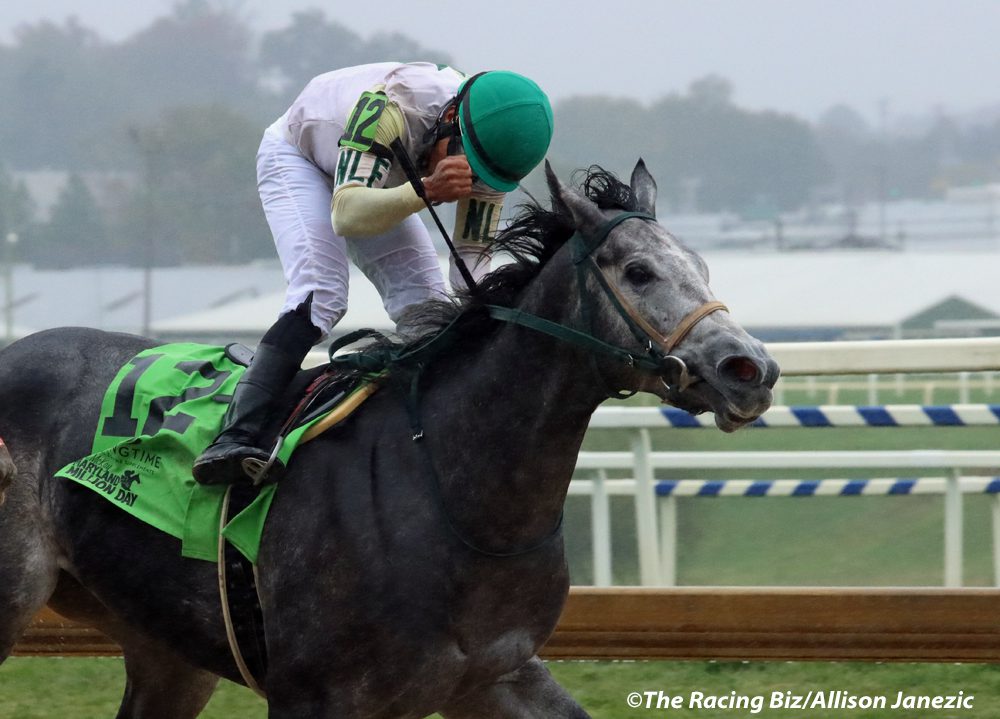
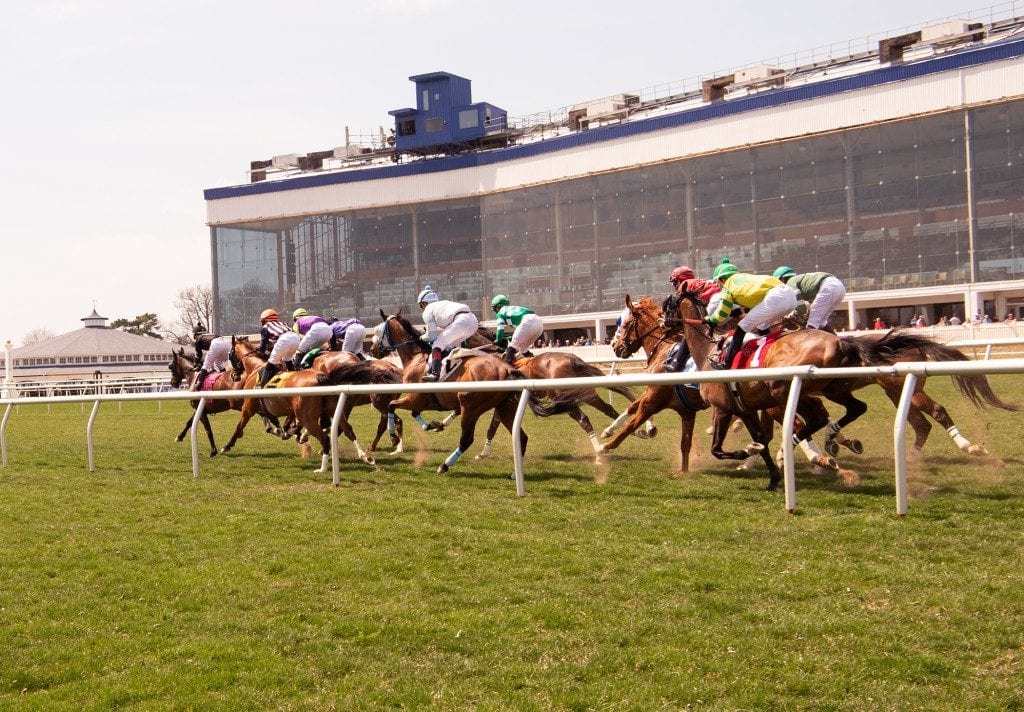
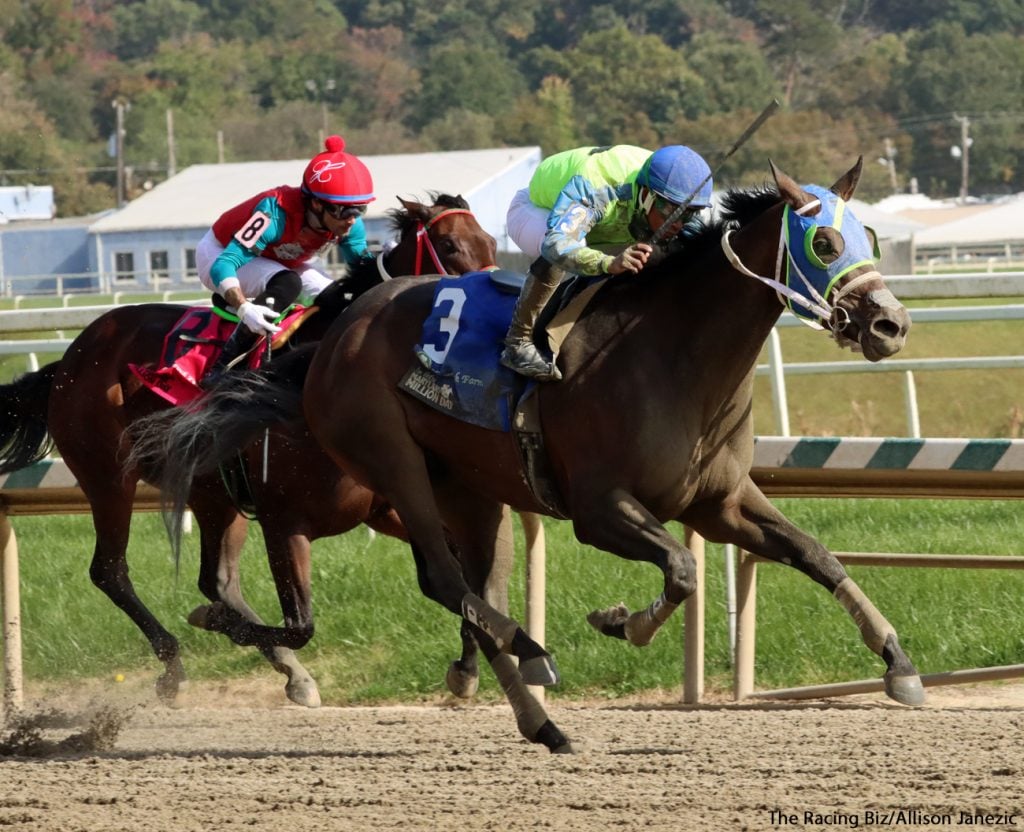
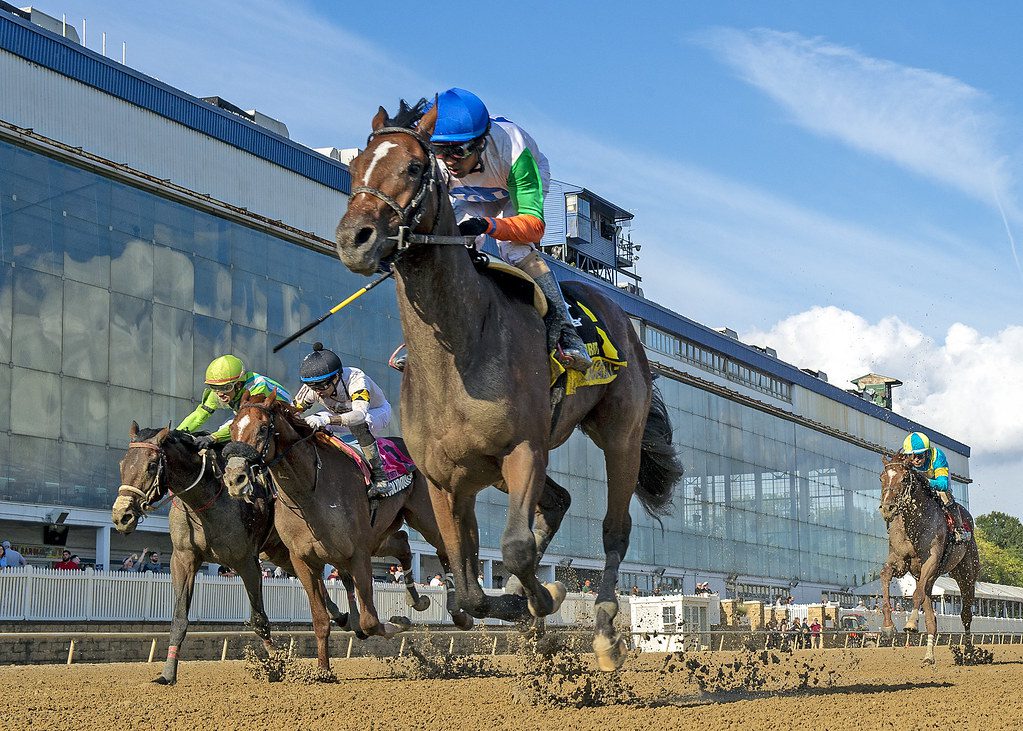
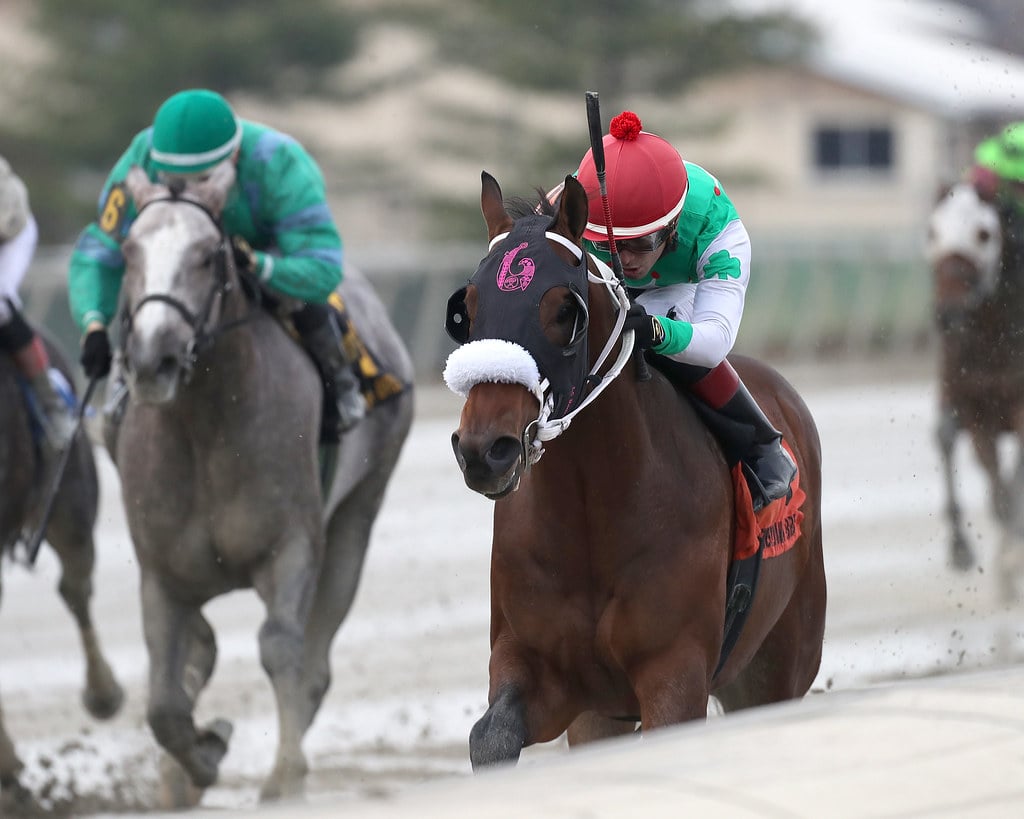
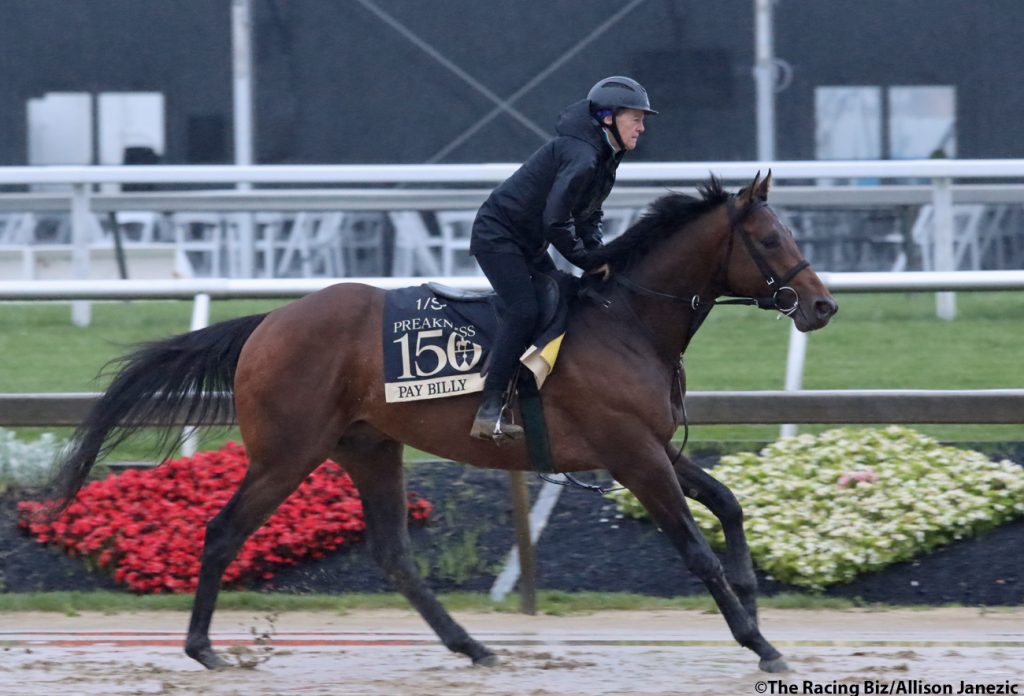
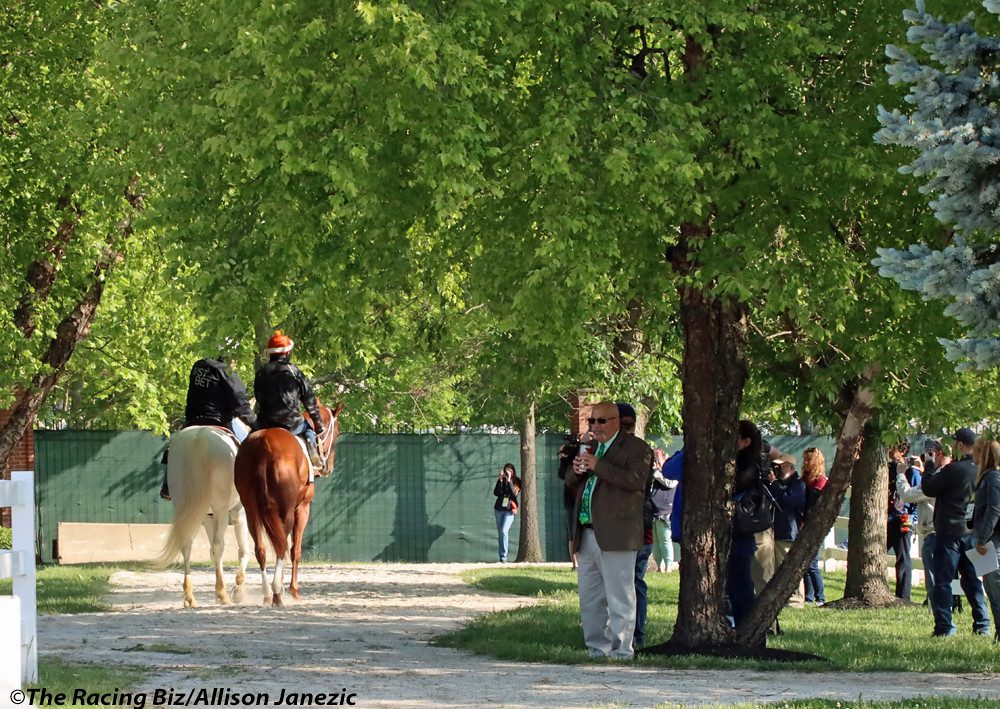
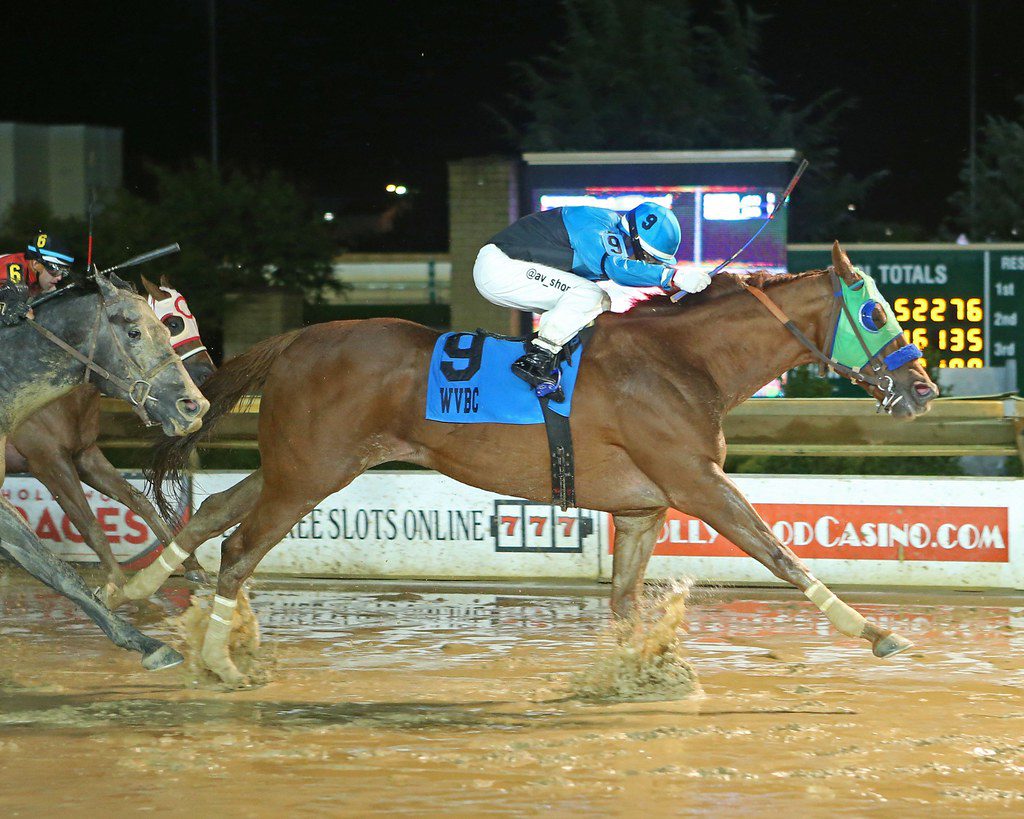




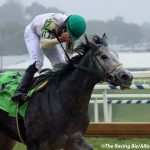



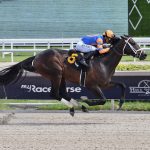
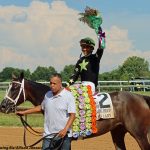
Gary Quill
07th Jun 2025Thanks Nick for having Mr. Karmen on. What a wonderful interview and finding g out all of his work, I’m old enough to remember all of them.
It’s time for all of us to champion the return of “Hi Ho Pimlico” jingle with the reopening of Pimlico in 2028.